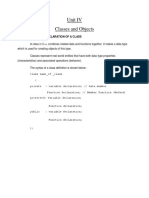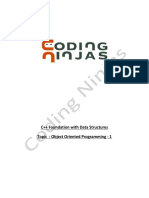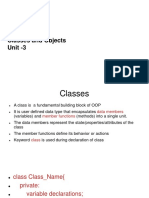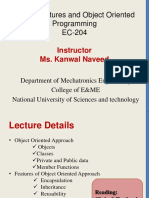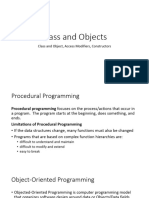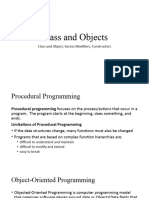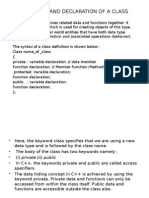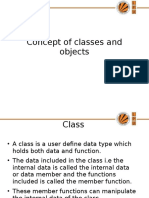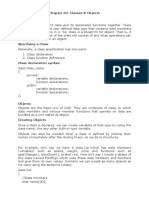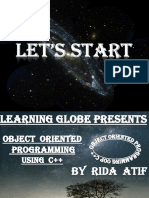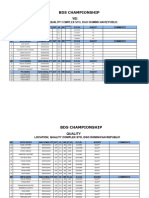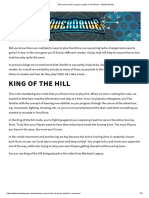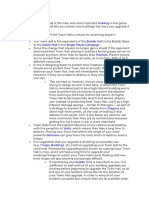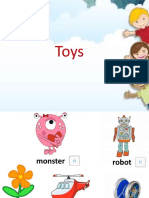0% found this document useful (0 votes)
10 views14 pagesClasses and Objects
The document discusses Object-Oriented Programming (OOP) principles, focusing on the object-oriented approach, class and object definitions, and the Unified Modeling Language (UML). It emphasizes the importance of modeling real-world entities as objects and provides examples of various types of objects and classes. Additionally, it introduces UML as a tool for visualizing program structure and relationships without delving into code details.
Uploaded by
ayeshanoor777325Copyright
© © All Rights Reserved
We take content rights seriously. If you suspect this is your content, claim it here.
Available Formats
Download as PDF, TXT or read online on Scribd
0% found this document useful (0 votes)
10 views14 pagesClasses and Objects
The document discusses Object-Oriented Programming (OOP) principles, focusing on the object-oriented approach, class and object definitions, and the Unified Modeling Language (UML). It emphasizes the importance of modeling real-world entities as objects and provides examples of various types of objects and classes. Additionally, it introduces UML as a tool for visualizing program structure and relationships without delving into code details.
Uploaded by
ayeshanoor777325Copyright
© © All Rights Reserved
We take content rights seriously. If you suspect this is your content, claim it here.
Available Formats
Download as PDF, TXT or read online on Scribd
/ 14












